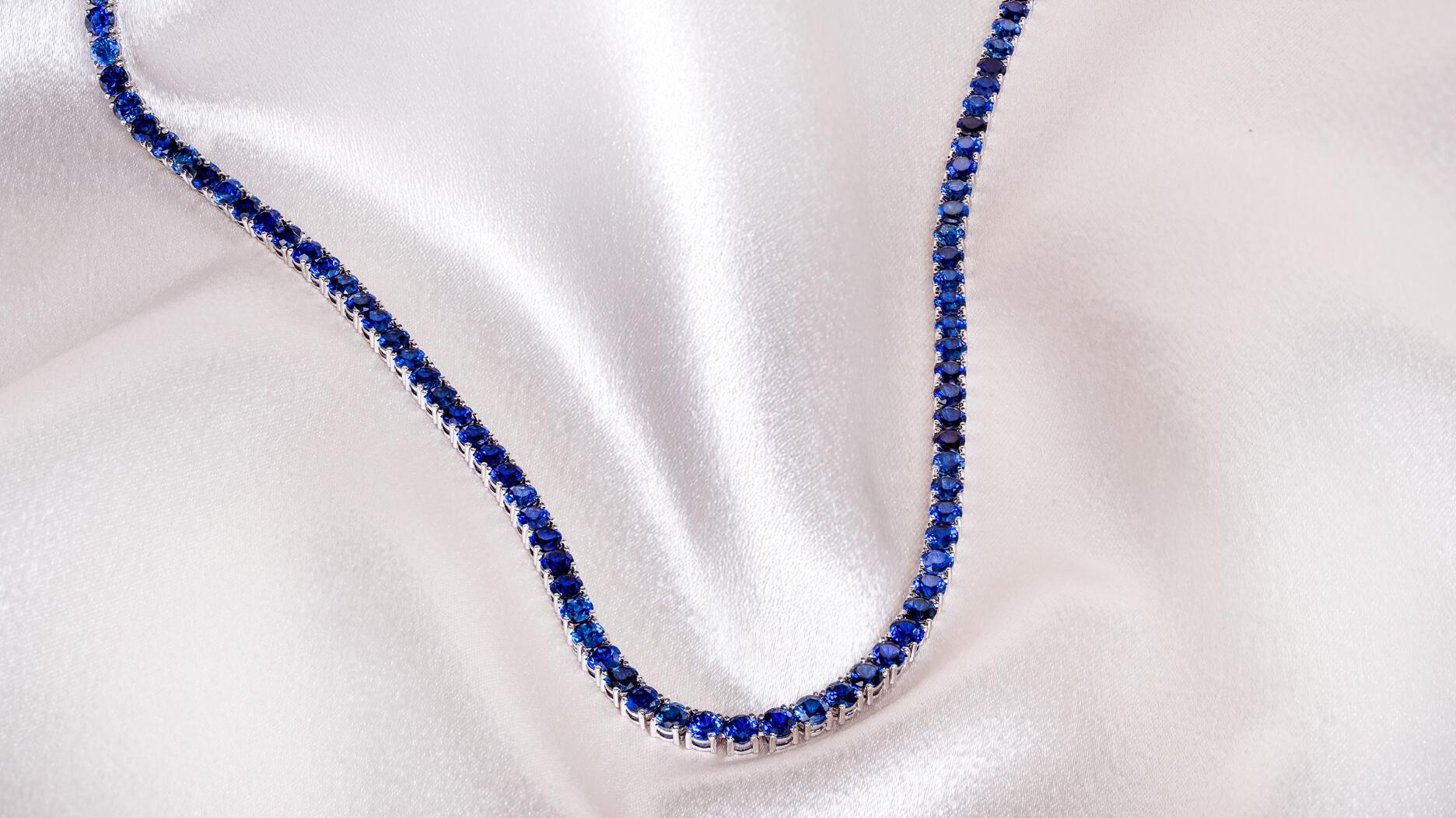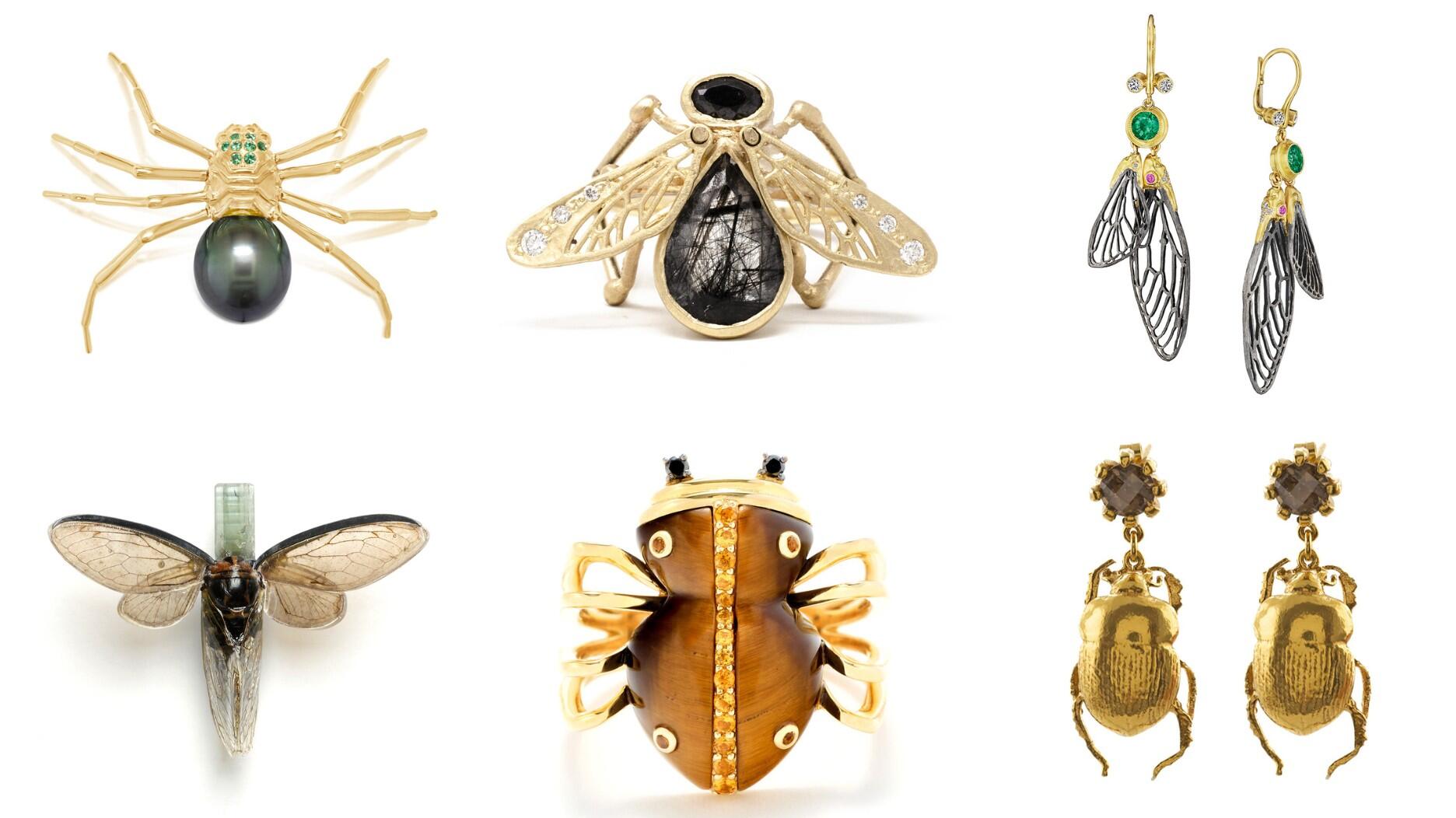The new pink sapphire version of the piece dances with its wearer in the brand’s “Icons After Dark” holiday campaign.
6 Important Developments in the Gem Market This Year
Supply chain developments, gemstone trends and movements from the biggest players shaped the colored gemstone sector in 2017.

The colored gemstone sector can change so quickly, and a year can bring many new developments that alter the landscape of the market.
This year seemed to bring even more stories about shifts in the supply side, whether that be a focus on ethical sourcing, or new sources or companies entering the game.
Here are some of the most notable developments that impacted the colored gemstone market in 2017.
1. Responsible sourcing.
This has carried over from 2016, but I think responsible and sustainable sourcing remains one of the biggest, and most complicated, stories for the gemstone sector right now.
With today’s socially conscious consumer, it’s a conversation the industry has to be a part of, and is something many already have been practicing. But the colored stone sector is vast and largely artisanal, meaning there are a lot of players and that no one solution can be applied across the board.
Still, the industry seems to be moving in the right direction, as many more conversations are being had and more action is being taken. It’s one I think everyone should keep track of and will be really interesting as it develops.
2. The Gemfields takeover.
The takeover of Gemfields by its largest investor, Pallinghurst, took months to unfold but was interesting to watch.
The initial offer from the company was unsolicited, and throughout, Gemfields was telling its shareholders not to take action and then, at one point, advised them to approve a takeover bid from a second player that had entered the bidding game.
Pallinghurst ultimately reached the required amount of approvals from shareholders and, once the integration was complete, began immediately to take action, cutting staff and closing offices in order to reduce the company’s debt and increase revenue. I think it’ll be interesting to see where one of the market’s largest players takes its business. I, for one, can’t wait to see what comes of its Ethiopian emerald project. 
3. A return to American gems.
This year seemed to include a lot more conversation around American-sourced gemstones; supply and demand are both up, though from a smaller base.
The gems are perfectly positioned in the market, offering the socially conscious consumer mine-to-market tracing and an American product, and for younger couples they offer both a lower price point and a unique stone for an engagement ring.
In
I’m excited to see where the market for these stones heads in 2018.
4. Supply chain developments.
The colored stone market is constantly in flux in one area: supply. Writing stories about what’s happening on the ground at gem sources are among my favorite as I find it fascinating, and 2017 provided a number of interesting developments in that area.
Fura Gems (formerly Fura Emeralds) came on strong, announcing it had purchased the well-known Coscuez emerald mine in Colombia, with plans to modernize the extraction process and gradually increase production. Not long after came news that the company also had completed its acquisition of four ruby mining licenses in Montepuez in Mozambique.
Then there was Mustang Resources, whose Mozambican rubies hit the market for the first time at auction in Port Louis, Mauritius. (It is worth noting, however, that the company called those results “disappointing,” and said it would use market research to increase the quantities of rubies most in demand for the next auction).
This year also saw the first rubies from Greenland, a project long in development, finally come to market. Though there isn’t a ton available yet and their value and pricing still are being figured out, it’s always interesting when a new source comes online.
And though Ethiopian emeralds really first really started producing in late 2016, the material started showing up more and more throughout 2017, providing a new source of the popular green beryl.
Meanwhile, while Gemfields initially had planned to get into Colombian emeralds and Sri Lankan sapphires, which would’ve marked its first foray into the corundum, the colored gemstone miner pulled out of both, opting instead to focus on its African projects.

5. The launch of new labs.
One interesting thing I noticed this year was more news about new gem laboratories.
Early in the year, we reported that the Gübelin Gem Lab was opening its first location in New York.
Then in June, the Federated International GemLab launched in association with the International Colored Gemstone Association in Bangkok. There also was the launch of Danat in Bahrain.
When I talked to ICA Executive Director Gary Roskin about the opening of FIG this summer, he said that rather than trying to compete with the existing labs, they aimed to aid a market in which reports were in high demand. He said: “With the number of treatments that are possible and the detection of them no longer a simple desk gemology test, we need professional gem laboratories.”
I think his point is valid, especially in an industry that is fighting for a positive consumer sentiment and in which disclosure is a hot topic.
But I also think it points to a reliance on lab reports, just as GemWorld International’s Richard Drucker brought up during a seminar in Tucson this year, and the concerns that come with that: nomenclature and origin.
In regards to the first, issues arise for some in the colored stone market when it comes to a lack of consistency and codification in naming standards from lab to lab.
With the latter, the reliance on an identification of place of origin is having a big effect on prices. And as so many new sources pop up, there are risks of inconsistencies.
6. Museums and their increasing importance.
Another development I noticed this year, and one that I hope to examine further in the New Year, is that the amount of conversations about our country’s gem museums is increasing.
The American Museum of Natural History announced a two-year renovation that will see a complete redesign of its gem and mineral halls, and the Arizona Mining and Mineral Museum, shuttered in 2011, will reopen after getting funding from the state. It will be under the University of Arizona’s ownership.
I’ve been so excited by a lot of this news, and I think the story told by one of the speakers, Alexander Schauss, CEO at the scientific and regulatory consulting company, AIBMR Life Sciences, and collector of thumbnail-sized minerals, at this year’s Yale Mineral and Gem Symposium helps explain why this is happening. (Of note: The event was held in the Peabody Museum’s new David Friend Hall of Gems, which opened in fall 2016 and was funded by a donation from an alumnus.)
Before the speaker got into his presentation, he talked about growing up in New York City’s Upper West Side, which, at that time, was nothing like it is today. He found his way to the AMNH and, somehow, met the curator of the mineral and gem halls, returning again and again as it provided a safe place to hang out and kicking off a lifetime friendship and love for collecting and studying minerals and gems.
Now, while it won’t always be a story like that, I think it’s so important that kids across the U.S. have the chance to be exposed to the fascinating materials that make our industry go round and to find their passions. It’s important for the future of our industry, and all of these recent museum renovations and developments designed to expose more to them can only help.
The Latest

A choice that’s generated a lot of commentary, Pantone says “Cloud Dancer” marks a fresh start and encourages relaxation and creativity.

The manufacturer’s holiday campaign features a gift guide filled with trending designs and jewelry that can be personalized.

How Jewelers of America’s 20 Under 40 are leading to ensure a brighter future for the jewelry industry.

The man was charged with theft, accused of ingesting the necklace while in a jewelry store in Auckland, New Zealand.


The Florida independent expanded its store from 8,000 to 14,000 square feet, fulfilling the vision of its late co-founder, Jim Dunn.

Sponsored by De Beers Group

Roseco’s 704-page catalog showcases new lab-grown diamonds, findings, tools & more—available in print or interactive digital editions.

The classic 5600 series G-Shock has been scaled down to about a tenth of its size, becoming a fully functioning watch ring.
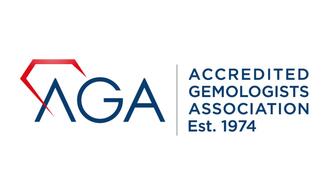
The association’s annual conference and gala will take place Feb. 4, 2026, during the Tucson gem shows.
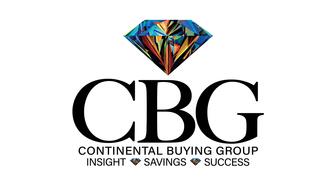
The January show will include a workshop for jewelry retailers on implementing AI to strengthen their businesses.

Fellow musician Maxx Morando proposed to the star with a chunky, cushion-cut diamond ring designed by Jacquie Aiche.

The retailer, which sells billions in fine jewelry and watches, is suing the Trump administration and U.S. Customs and Border Patrol.

Black Friday is still the most popular shopping day over the five-day holiday weekend, as per the National Retail Federation’s survey.

The historic egg, crafted for Russia's ruling family prior to the revolution, was the star of Christie’s recent auction of works by Fabergé.
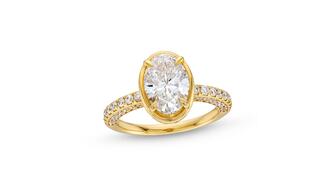
The retailer offered more fashion jewelry priced under $1,000, including lab-grown diamond and men’s jewelry.

The eau de parfum is held in a fluted glass bottle that mirrors the decor of the brand’s atelier, and its cap is a nod to its “Sloan” ring.

Vivek Gadodia and Juan Kemp, who’ve been serving as interim co-CEOs since February, will continue to lead the diamond mining company.

In addition, a slate of new officers and trustees were appointed to the board.
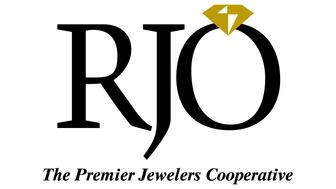
Witt’s Jewelry in Wayne, Nebraska, is the organization’s new milestone member.

Laurs is the editor-in-chief of Gem-A’s The Journal of Gemmology and an expert on the formation of colored gemstone deposits.
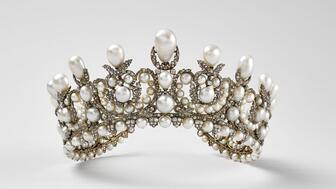
The man, who has a criminal history, is suspected of being the fourth member of the four-man crew that carried out the heist.
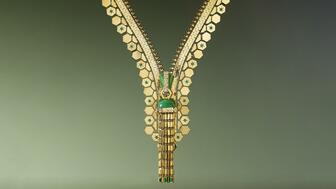
The single-owner collection includes one of the largest offerings of Verdura jewels ever to appear at auction, said Christie’s.
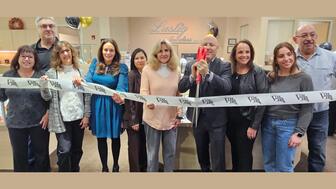
Michael Helfer has taken the reins, bringing together two historic Chicago jewelry names.

The guide features all-new platinum designs for the holiday season by brands like Harwell Godfrey, Ritani, and Suna.

During its Q3 call, CEO Efraim Grinberg discussed the deal to lower tariffs on Swiss-made watches, watch market trends, and more.
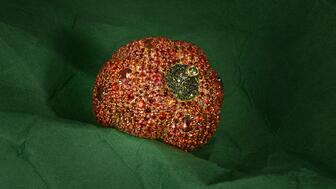
Rosior’s high jewelry cocktail ring with orange sapphires and green diamonds is the perfect Thanksgiving accessory.










